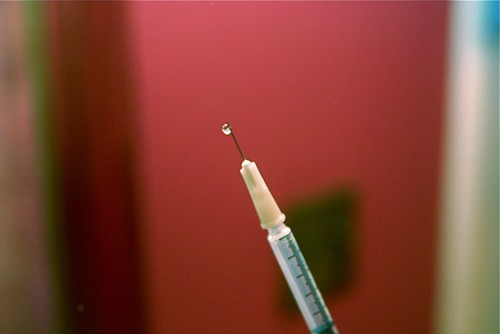Botox VS Dysport
August 26, 2019 - Rhys Branman, MD Like BOTOX®, Dysport® is a neuromuscular wrinkle blocker; it blocks the nerve impulses to tiny muscles that cause wrinkles in the face, allowing them to flatten out and become less visible. BOTOX® and Dysport® are both botulinum toxin type A proteins, so essentially they are the same thing. BOTOX® is made by the Allergen Company and Dysport® by Medicis Aesthetics. BOTOX® was approved by the Food and Drug Administration (FDA) in 2002. In 2009, Dysport® was also approved, however, it has been in use in Europe, South America and New Zealand since the 1990s. In fact, in Europe, Dysport® is used as often as BOTOX®, whereas in the US, BOTOX® is still preferred. Part of this may be because the dosing is different. With Dysport®, 2.5 to 3 times the number of units are used per unit of BOTOX®. However, this does not mean Dysport® costs more.
Like BOTOX®, Dysport® is a neuromuscular wrinkle blocker; it blocks the nerve impulses to tiny muscles that cause wrinkles in the face, allowing them to flatten out and become less visible. BOTOX® and Dysport® are both botulinum toxin type A proteins, so essentially they are the same thing. BOTOX® is made by the Allergen Company and Dysport® by Medicis Aesthetics. BOTOX® was approved by the Food and Drug Administration (FDA) in 2002. In 2009, Dysport® was also approved, however, it has been in use in Europe, South America and New Zealand since the 1990s. In fact, in Europe, Dysport® is used as often as BOTOX®, whereas in the US, BOTOX® is still preferred. Part of this may be because the dosing is different. With Dysport®, 2.5 to 3 times the number of units are used per unit of BOTOX®. However, this does not mean Dysport® costs more.
Dysport® works a little faster. Whereas BOTOX® can take 5 – 7 days, Dysport® can work as soon as a day or two after being injected. This could make a difference if you had an important event planned. Some say that Dysport® works for people who have become “BOTOX® resistant.” Resistance to BOTOX® (meaning it stops working, or working as well) is one reason one may not want to start BOTOX® (or Dysport®) too early. So although there is a trend for young women to try and prevent wrinkles by having injections at the sites of potential “lines at rest” or static wrinkles, it is best to wait to avoid this possibility. Of course, Dysport® may be another alternative, but this has not been studied. Some who become BOTOX® resistant may respond, and some may not.
The effect of receiving Dysport® or BOTOX® injections at Little Rock Cosmetic Surgery Center does not change the character of your facial expressions. The results are effective, yet subtle.
Call Melinda to set up your consultation at 501-227-0707

